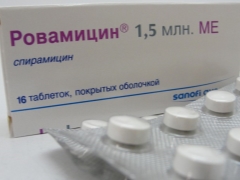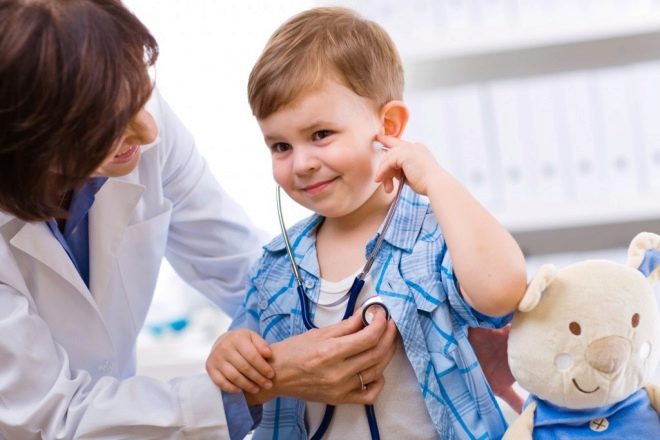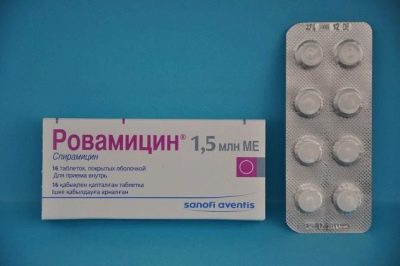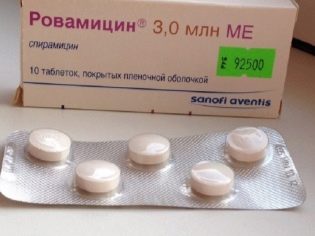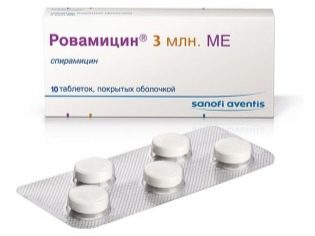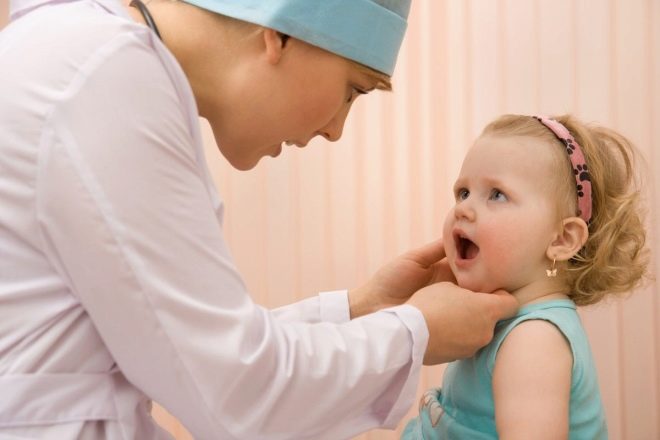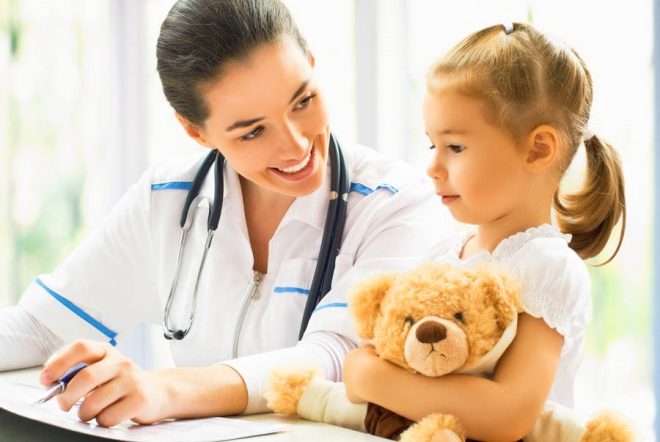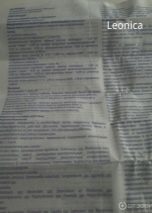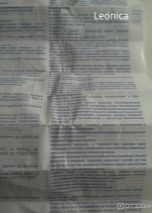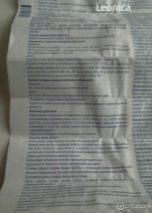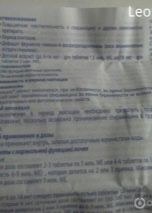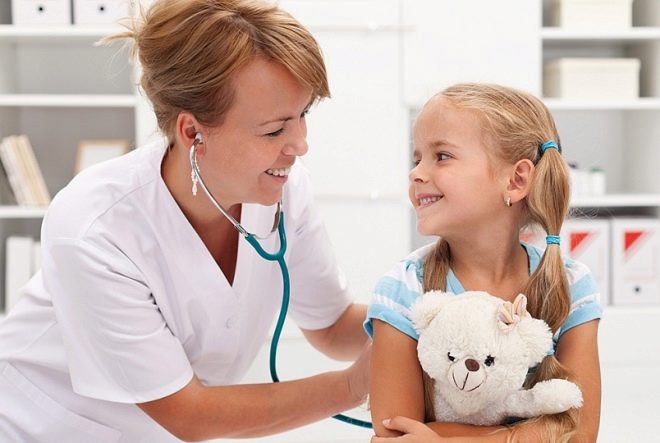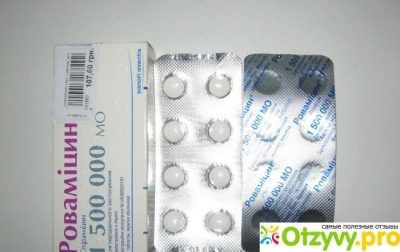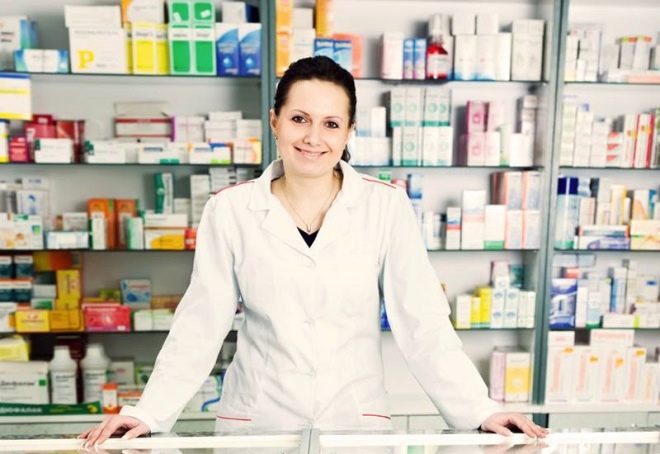Rovamycin for children: instructions for use
Bacterial infections can seriously affect a child’s health. Modern pharmaceuticals offer a variety of drugs for their treatment. But for children, an important factor is the safety of the drug that Rovamycin provides - a natural antibiotic.
Release form
In Russia, "Rovamitsin" is produced in the form of tablets with different concentrations of the main active ingredient: 1.5 million IU and 3 million IU. Tablets are packaged in blister packs of 8 and 5, respectively. Each package of the preparation contains 2 blisters, which provides the minimum course of treatment with Rovamycin.
Also in pharmacies sold "Rovamycin" in the form of a mass to prepare a solution for intravenous injection. Each glass bottle contains 1.5 million IU. Children are not prescribed intravenous injections.
In foreign countries, rectal suppositories and oral suspension are also produced on the basis of the active ingredient.
Composition
The main active component of "Rovamycin" is spiramycin. This substance is a natural antibiotic that special bacteria produce. They were first discovered in the 50s of the last century in the soil in the south of France. Studies have shown that the substance can suppress the activity of bacteria, and for more than 60 years, drugs have been manufactured on the basis of spiramycin.
As auxiliary components in tablets, special forms of silicon, cellulose, and starch are used, ensuring the preservation of the drug's effectiveness during the shelf life.
The shell of the tablets contains a food dye based on titanium, which is also widely used in the manufacture of confectionery products, as well as macrogol 6000 - a common basis for tablets, therapeutic ointments.
Operating principle
Spiramycin affects bacteria and microbes, inhibiting protein synthesis in their cells. This action is called bacteriostatic. Unable to multiply, bacteria are not able to spread their negative effects on healthy human cells. The development of the disease slows down first, then stops, and after the death of the bacteria that have already entered the body, the person recovers.
The advantage of spiramycin is that each of its structure is capable of suppressing several pathogenic cells at once, which ensures a faster effect of treatment. Also the advantage is that a natural antibiotic can accumulate in the cells of bacteria.
Indications
Rovamycin, based on spiramycin, is effective against bacterial infections caused by strains that are sensitive to its effects. Therefore, "Rovamycin" is prescribed for pneumonia, including atypical, acute or chronic bronchitis, various diseases of the nasopharynx, for example, tonsillitis, otitis, sunusitis. Effective drug for some skin infections, including dermatosis, as well as in dentistry.
For the first time, spiramycin has been shown to be effective in treating toxoplasmosis in pregnant women. Studies have shown that treatment does not harm the mother and child. Later it began to be used in the congenital form of this disease in children.
Currently, Rovamycin is also prescribed to people who have been in contact with patients with meningitis during the latent phase of the disease to prevent infection with this dangerous infection. Rovamycin is successfully used to treat people who are carriers of bacterial infections, such as whooping cough and diphtheria.
Rovamycin has also been shown in the treatment of bacterial infections of the skin and bones.
From what age is prescribed?
Apply "Rovamitsin" for the treatment of children is necessary, focusing not on age, but on the weight of the child. The dosage of the drug varies with the weight of the child up to 10 kg, from 10 to 20 kg and more than 20 kg.
According to the World Health Organization, in norm, both boys and girls have an average body weight of 10 kg at the age between 1 and 2 years, and 20 kg at 6 years. However, this is a very average figure. In the WHO table, 20 kg is indicated as a very high weight for three-year-olds.
Therefore, when prescribing and using "Rovamycin" in children, it is necessary to orient oneself primarily on the weight of the child.
Contraindications
Children do not prescribe intravenous injections of the drug. Be wary when using renal failure. Treatment with "Rovamycin" is contraindicated in the presence of individual sensitivity to the main component.
Side effects
When taking the drug in children can manifest unwanted symptoms such as nausea, vomiting, diarrhea. In some cases, rash on the skin and itching.
A more thorough examination can reveal changes in the electrocardiogram, a platelet deficiency in the blood, damage to the intestinal mucosa, difficulty in the flow of bile and its accumulation in the liver.
The appearance of any symptom that can be associated with taking the drug requires a suspension of treatment and consultation with a doctor.
Instructions for use
The daily dosage of the drug in children depends on such an individual indicator as the body weight of the child. If it weighs less than 10 kg, the dosage should not exceed 375-750 thousand IU, divided by 2 times.
For children whose weight is in the range from 10 to 20 kg, the daily dosage is 0.75–1.5 million IU. It is divided into two equal methods. With a weight of more than 20 kg, 150 thousand IU are prescribed per kilogram of weight per day. The medicine is given in 3 doses.
In any case, in children, the maximum permissible daily dose should not exceed 300 thousand IU per kilogram of weight. Take the pill either an hour before meals or 2 hours after it, drinking plenty of clean water.
Overdose
Exceeding the permissible dose of "Rovamycin" was not noted in clinical practice. However, if the daily maximum was exceeded, symptoms of side effects may occur, but in a more pronounced form.
In case of overdose, the child is given symptomatic treatment, which is prescribed by the doctor, and the reception of Rovamycin is canceled.
Interaction with other drugs
During clinical trials, the presence of the interaction of tablets "Rovamycin" and "Erythromycin" was established. Most often, the latter is not prescribed to children under the age of 14, but if the child still takes “Erythromycin” as prescribed by a doctor, then it is necessary either to cancel its use or to replace “Rovamycin” with a drug with another active ingredient.
Also, caution is prescribed treatment "Rovamycin" simultaneously with drugs containing ergot alkaloids.
Terms of sale and storage
“Rovamycin” is an over-the-counter drug and is commercially available in pharmacies.
The drug has a long shelf life: for tablets with a dosage of 1.5 IU it is 3 years, with a dosage of 3 million IU - 4 years. In order for the drug to remain effective throughout its shelf life, it should be stored at a temperature not higher than 25 ° C in a dry place.
It is important that the storage place of “Rovamycin” is not accessible to children.
Reviews
In thematic forums, parents generally speak positively about Rovamycin.This medicine is called effective, easy to take.
Parents also note that in many cases, after taking the drug, the child began to recover quickly. For example, described the case when for one course of treatment the child was able to get rid of chronic sinusitis.
For parents, the safety of the drug is also important. The use of conventional antibiotics in children always raises questions, but in the case of Rovamycin, the situation is different. Its action is based on a natural antibiotic, which affects only pathogenic bacteria.
Among the shortcomings of the drug, parents note its high price: a package with 16 tablets of 1.5 IU costs about 1 thousand rubles, and with 10 tablets of 3 million IU - about 5 thousand rubles.
Analogs
Currently developed and sold in pharmacies drugs similar to "Rovamycin" for the current component. This is "Spiramycin-prob", "Spiramisar."
When replacing one drug to another in the treatment of children need to consult a doctorso that the treatment gives the result without the occurrence of side effects.
Rules of antibiotics, see the following video.
